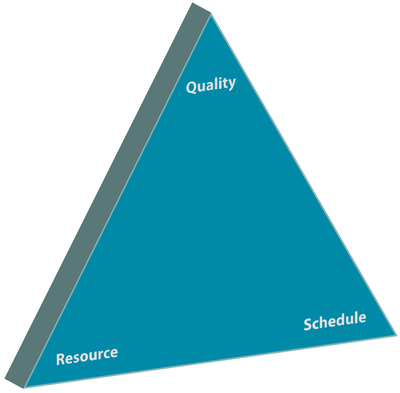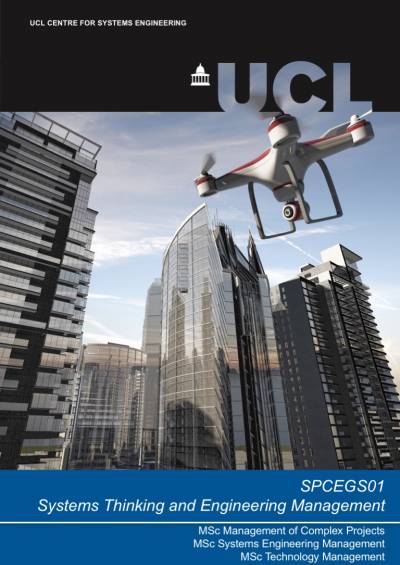What this course is about
This course introduces the concepts of systems, systems engineering and systems engineering management and explains how the lifecycle is managed in a concurrent engineering context. It covers the advantages and challenges of the systems engineering approach. It is the cornerstone module of the MSc Systems Engineering Management and MSc Technology Management and it provides the foundation for the other degree modules.
By the end of this course, the student will be able to:
- Analyse a situation using systems concepts
- Describe the systems engineering process
- Prepare a top level systems engineering management plan
- Make a useful contribution to a systems engineering development project
- Understand the key systems and systems engineering concepts that support the other taught elements of the Masters Programme in Systems Engineering Management
- Gain a critical understanding of the scope of systems engineering management knowledge in order to prepare for a research project in this area
Module context
Emergent properties
Systems exhibit emergent properties - properties of the system as a whole that cannot be attributed to its parts in isolation. Very often the collective properties of a system are driven by the way in which the sub-systems interact, i.e. the architectural design, rather than by their individual performance characteristics. Systems engineering is concerned with promoting useful emergent properties and suppressing harmful ones, and seeking to optimize a whole system, rather than just individual parts or 'elements'.
Process to guide problem solving
A rational process is needed to guide organisations through a long series of decisions. There is no single process that will satisfy all contexts, but successful systems engineering processes have several themes in common. The systems engineering approach aims to develop more effective systems (or to develop systems in a more cost-effective way) by promoting earlier action and decision-making, so-called 'left shift'. One way of achieving this is through concurrent engineering - considering downstream activities such as manufacturing, test or maintenance relatively early in the design process.
Heads up
It remains important to keep the contexts of both the business and the end users in mind. But because of the hierarchical nature of systems and contractual practices in many engineering industries, it can be difficult to do so effectively. A function of systems engineering is to provide a continuous 'heads up' focus on relevant stakeholder needs when evaluating any design or change in the project. Systems need to be useful. To avoid obsolescence, the changing needs of the user must be kept under review, but without leading to a chaotic and expensive loss of focus.
Systems engineering and project management

A project is an assemblage of people and equipment, normally managed by a project manager (PM), working toward satisfying a clearly stated set of requirements. Project objectives can generally be thought of against the dimensions of cost (or resource), time (or schedule) and technical performance (or quality). Managing the tensions between these dimensions is a critical challenge for the project team. It is generally the PM that will have the responsibility for managing resources and driving the project forward, but the role of the systems engineer in handling the technological aspect of the work is also vital. Both PMs and systems engineers should think holistically about the work they are undertaking, paying particular attention to the higher level 'supersystem' (such as a business) that is being served by the project or system in question.
 Close
Close


